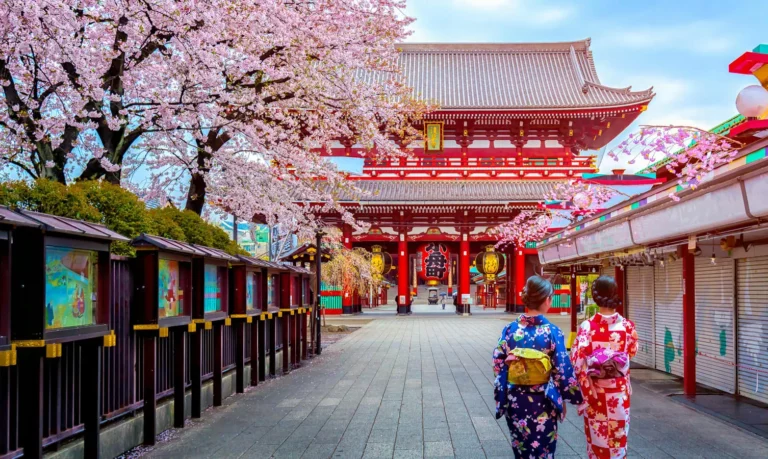Tokyo, the bustling capital of Japan, is a city that fuses the ultra-modern with the deeply traditional. Skyscrapers rise beside ancient temples, and neon lights illuminate serene gardens. As one of the most populous cities in the world, Tokyo offers an endless array of experiences for travellers. Whether you’re a fan of history, a foodie, or someone simply eager to explore a new culture, Tokyo has something for everyone. In this article, we will explore the top things to do in Tokyo, highlighting the must-see attractions that make this city a destination like no other. From iconic landmarks like the Tokyo Tower and the Meiji Shrine to the quirky and fashionable streets of Harajuku, Tokyo’s diverse neighbourhoods each offer a distinct atmosphere. This guide will take you through the most memorable sights and experiences that Tokyo has to offer, ensuring that your visit will be both thrilling and enriching.
Explore Tokyo’s Historic and Cultural Treasures
Tokyo may be known for its cutting-edge technology and modern skyline, but the city is also steeped in history and tradition. A visit to Tokyo wouldn’t be complete without exploring its cultural heritage through its shrines, temples, and historical districts.

1. Meiji Shrine: A Peaceful Sanctuary in the Heart of the City
The Meiji Shrine (Meiji Jingu), located near Harajuku Station, is one of the most important and well-visited Shinto shrines in Japan. Dedicated to Emperor Meiji and Empress Shoken, this serene sanctuary is surrounded by lush forested areas, offering a peaceful retreat from the hustle and bustle of the city. Visitors can stroll along the long pathways under towering trees, soak in the spiritual atmosphere, and witness traditional Shinto rituals that take place within the shrine. On weekends, it’s not uncommon to see traditional Japanese wedding processions here, a beautiful sight that adds to the cultural richness of the experience.
Beyond its religious significance, the Meiji Shrine is also known for its seasonal beauty. During spring, cherry blossoms bloom along the pathways, while in autumn, vibrant foliage turns the forest into a spectacle of reds and golds. The shrine is also home to the Meiji Jingu Inner Garden, a picturesque garden with a tranquil pond and seasonal flowers that date back to the Edo period. For travellers interested in Japan’s spiritual and historical heritage, the Meiji Shrine is a must-see attraction.
2. Senso-ji Temple: Tokyo’s Oldest and Most Famous Temple
In the historic district of Asakusa lies Senso-ji, Tokyo’s oldest temple, which is dedicated to Kannon, the Buddhist goddess of mercy. Established in 645 AD, Senso-ji has long been a place of worship and pilgrimage. The approach to the temple is lined with stalls selling traditional snacks, souvenirs, and crafts along Nakamise Shopping Street, creating a lively atmosphere that combines religious devotion with commerce. Visitors enter through the impressive Kaminarimon, or “Thunder Gate,” adorned with a giant red lantern, which has become one of Tokyo’s most recognizable symbols. Inside, the main hall and five-story pagoda reflect classic Buddhist architecture. The temple’s grounds are particularly stunning during festivals, such as the Sanja Matsuri in May, when the entire Asakusa district is filled with traditional floats, processions, and celebrations. With its deep historical roots and vibrant ambience, Senso-ji offers a unique glimpse into Tokyo’s past and spiritual culture.
3. Imperial Palace and East Gardens: A Glimpse into Japan’s Imperial History
The Imperial Palace, located in the heart of Tokyo, is the residence of Japan’s Imperial family. Although the inner grounds of the palace are closed to the public (except on rare occasions like the Emperor’s birthday), the Imperial Palace East Gardens are open to visitors throughout the year. These meticulously landscaped gardens are situated on the site of the former Edo Castle, and they offer a peaceful retreat with wide lawns, traditional stone bridges, and remnants of the original castle’s fortifications.
A visit to the East Gardens provides not only a beautiful setting for a leisurely walk but also a window into Japan’s feudal history. The area is rich in history, with buildings like the Tokagakudo Concert Hall and the Museum of Imperial Collections housing precious artefacts related to the Imperial family. The combination of natural beauty and historical significance makes the Imperial Palace and its gardens a must-visit for history buffs and those seeking a quiet break from Tokyo’s fast-paced city life.
Marvel at Tokyo’s Modern Marvels and Iconic Landmarks
Tokyo is home to some of the world’s most cutting-edge architecture and modern landmarks that have become symbols of the city’s futuristic ambitions. For travellers eager to experience the pulse of modern Tokyo, these iconic spots offer an exciting dive into its contemporary culture.

4. Tokyo Tower: The City’s Iconic Symbol
Tokyo Tower, a bright red and white structure standing at 333 meters tall, has been an iconic symbol of Tokyo since its completion in 1958. Modelled after the Eiffel Tower in Paris, it serves as both a telecommunications tower and an observation point for visitors looking to get panoramic views of the sprawling cityscape.
Visitors can take elevators up to two observation decks—the main deck at 150 meters and the top deck at 250 meters. On a clear day, the views are nothing short of spectacular, with the chance to see Mount Fuji in the distance. The tower is illuminated at night, creating a beautiful contrast against the dark skyline. Tokyo Tower also features museums, restaurants, and even an aquarium, making it an all-around entertainment complex. Whether you visit during the day or night, Tokyo Tower offers a quintessential Tokyo experience with unparalleled views.
5. Tokyo Skytree: A Towering Modern Wonder
For even higher views, head to Tokyo Skytree, the tallest structure in Japan and the second tallest in the world at 634 meters. Located in the Sumida Ward, Tokyo Skytree has become a modern icon since its opening in 2012. The tower’s sleek design and massive height make it an unmissable feature of Tokyo’s skyline.
The observation decks, situated at 350 and 450 meters above the ground, provide breathtaking 360-degree views of the entire Kanto region. On clear days, Mount Fuji, the Izu Islands, and other distant landscapes come into view, making it a dream location for photographers. The Skytree Town complex at the base of the tower offers a wide range of shopping, dining, and entertainment options, including the Sumida Aquarium and the Tokyo Solamachi shopping mall, giving visitors a full day of activities to explore.
6. Shibuya Crossing: The World’s Busiest Intersection
No trip to Tokyo is complete without experiencing Shibuya Crossing, the world’s busiest pedestrian intersection. Located in front of Shibuya Station, this iconic crossing sees thousands of people cross the street from all directions at the same time. The sight of such organized chaos, surrounded by towering LED screens and billboards, encapsulates the fast-paced, vibrant energy of Tokyo.
For the best views of the crossing, head to one of the nearby cafes or the second-floor Starbucks that overlooks the intersection. Shibuya Crossing is also just steps away from Hachiko Square, which features a statue of Hachiko, the loyal dog who waited for his owner every day at the station for nearly 10 years. The area is a hub of activity, with numerous shopping malls, restaurants, and entertainment options. Whether you’re shopping, dining, or simply soaking in the atmosphere, Shibuya Crossing offers an essential Tokyo experience.
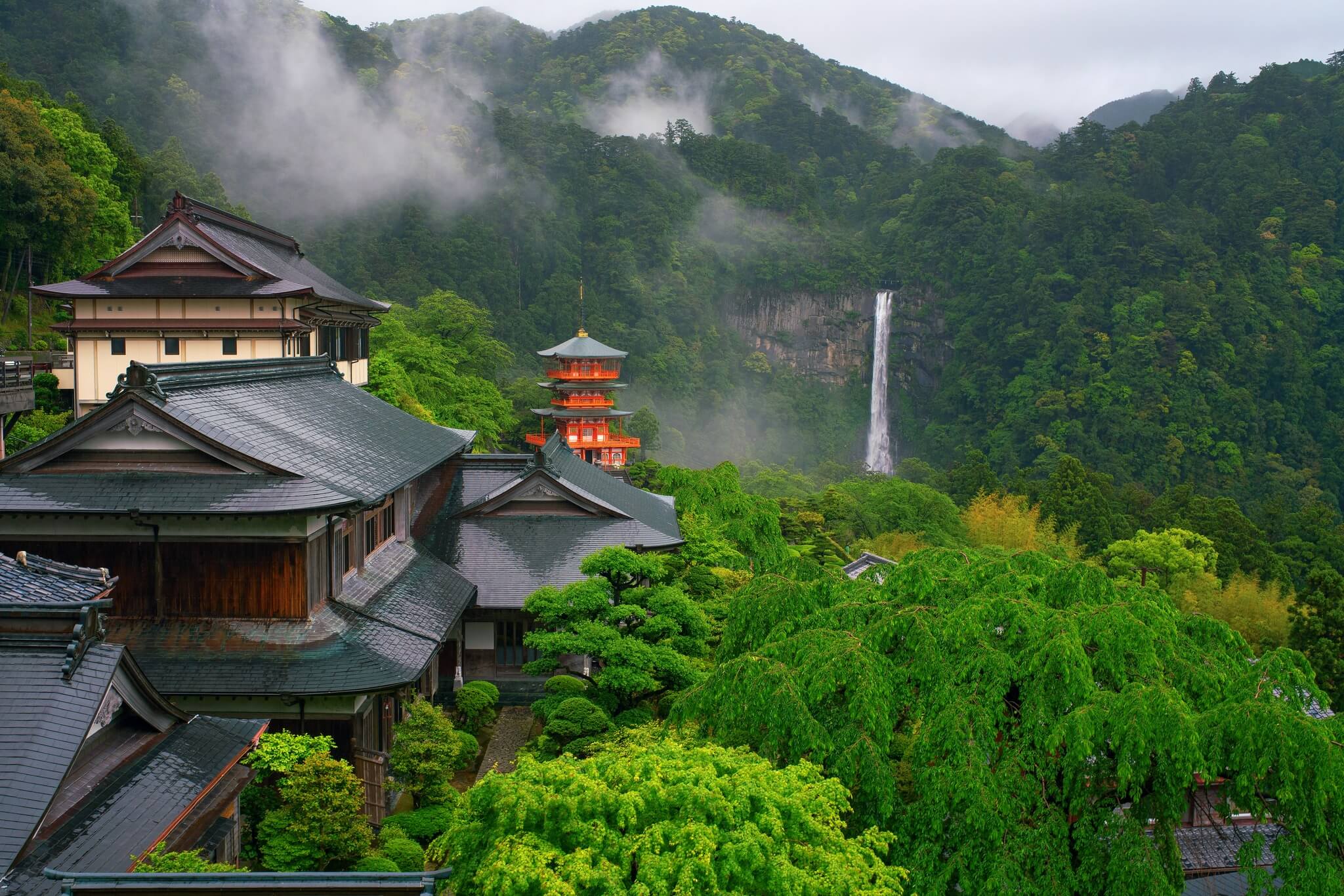
Dive into Tokyo’s Fashion and Pop Culture Scene
Tokyo is a global hub for fashion and pop culture, and nowhere is this more evident than in the districts of Harajuku, Shibuya, and Akihabara. From quirky fashion trends to the world of anime and manga, Tokyo’s streets pulse with creativity and innovation.
7. Harajuku: The Center of Youth Culture and Fashion
Harajuku, located between Shibuya and Shinjuku, is synonymous with avant-garde fashion and youth culture. The narrow streets of Takeshita-Dori, Harajuku’s main shopping street, are lined with trendy boutiques, quirky shops, and colourful cafes that cater to the eclectic tastes of Tokyo’s youth. Here, you’ll find everything from kawaii (cute) fashion to punk-inspired attire, with a parade of creative self-expression on full display.
Harajuku is also known for its wide range of street food, particularly its famous crepes and rainbow-coloured cotton candy, which have become Instagram sensations. In addition to shopping and dining, Harajuku is home to several cultural landmarks, such as the Nezu Museum and the tranquil Meiji Shrine just steps away. The contrast between the bustling energy of Takeshita Street and the serene shrine creates a unique blend of experiences that defines Harajuku’s charm.
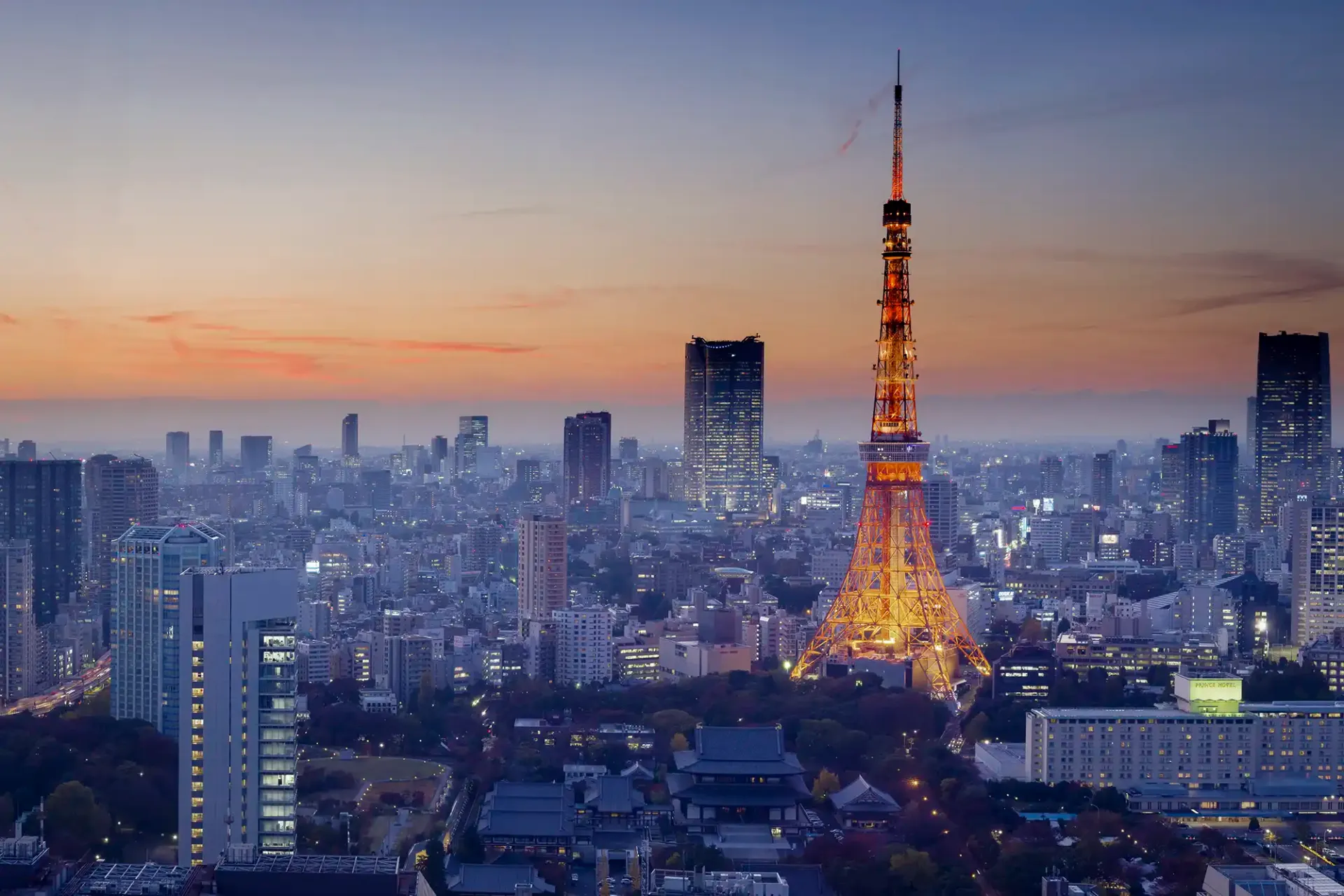
8. Akihabara: The Mecca of Electronics and Otaku Culture
Akihabara, also known as “Electric Town,” is a paradise for tech enthusiasts and fans of Japanese pop culture. Once famous for its electronics shops, Akihabara has evolved into a hub for anime, manga, and video game culture. It’s the go-to destination for anyone interested in otaku (geek) culture, with countless stores dedicated to anime figures, games, and collectables.
One of the highlights of Akihabara is the numerous themed cafes, particularly the maid cafes, where waitresses dressed in maid costumes serve customers in a playful, anime-inspired atmosphere. For those interested in retro gaming, the area is also home to several arcades featuring classic games alongside the latest releases. Akihabara is a sensory overload of neon lights, vibrant posters, and endless entertainment, making it a must-visit for pop culture enthusiasts.
Enjoy Nature and Parks in the Heart of Tokyo
Despite being a massive metropolis, Tokyo is also home to several green spaces and parks where visitors can enjoy nature and escape the urban jungle. These parks are often places of cultural and historical significance, providing a perfect balance of nature and heritage.
9. Shinjuku Gyoen: A Beautiful Oasis in the City
Shinjuku Gyoen is one of Tokyo’s largest and most beautiful parks, offering a peaceful retreat in the middle of the city. Originally created as a garden for the Imperial family, Shinjuku Gyoen is now open to the public and features a harmonious blend of Japanese, English, and French landscape styles. The park is especially famous for its cherry blossoms in the spring and its stunning autumn foliage, making it a popular spot for seasonal photography.
Strolling through the expansive grounds, visitors can admire traditional tea houses, scenic ponds, and carefully manicured lawns. Shinjuku Gyoen is the perfect place to relax, have a picnic, or simply enjoy a quiet afternoon away from the city’s bustling streets.
10. Ueno Park: A Cultural and Natural Haven
Ueno Park is another one of Tokyo’s most beloved green spaces, offering a mix of cultural attractions and natural beauty. The park is home to several important museums, including the Tokyo National Museum, the National Museum of Nature and Science, and the Ueno Zoo, Japan’s oldest zoo. The park’s expansive grounds also feature numerous temples, shrines, and statues, adding to its cultural richness. In the spring, Ueno Park is one of Tokyo’s top spots for hanami (cherry blossom viewing), with thousands of cherry trees lining its paths. The park’s Shinobazu Pond, with its lotus flowers and rowboats, offers a tranquil setting for leisurely activities. Whether you’re interested in art, history, or nature, Ueno Park provides a well-rounded experience that appeals to a variety of interests.
11. Roppongi: The International Nightlife Hub
Roppongi is Tokyo’s most famous nightlife district, known for its clubs, bars, and restaurants that attract a mix of locals and international visitors. The area has a reputation for being foreigner-friendly, with many establishments catering to English-speaking patrons, which makes it a popular spot for tourists and expatriates.
Roppongi’s nightlife is diverse. High-end clubs like V2 Tokyo and 1OAK Tokyo offer an upscale clubbing experience with international DJs, VIP areas, and rooftop views of the city. For something more relaxed, there are countless casual pubs and bars where you can enjoy a drink while mingling with both locals and fellow travellers. In addition to its club scene, Roppongi is also home to a number of fine dining restaurants and art galleries, including the Roppongi Hills complex and the Mori Art Museum.
12. Shinjuku Golden Gai: A Step Back in Time
For a completely different kind of nightlife experience, head to Golden Gai in Shinjuku. This historic district consists of narrow alleyways lined with tiny bars—most of which can only fit a handful of people. Golden Gai is renowned for its unique atmosphere; stepping into this area feels like a journey back in time to a bygone era of Tokyo.
Each bar in Golden Gai has its distinct character, from retro-themed spots to bars dedicated to jazz, film, or even literature. Many of the establishments have a “regulars only” vibe, but there are also plenty of bars that welcome tourists with open arms. Golden Gai is a perfect place for those who want to enjoy a more intimate and authentic side of Tokyo’s nightlife.
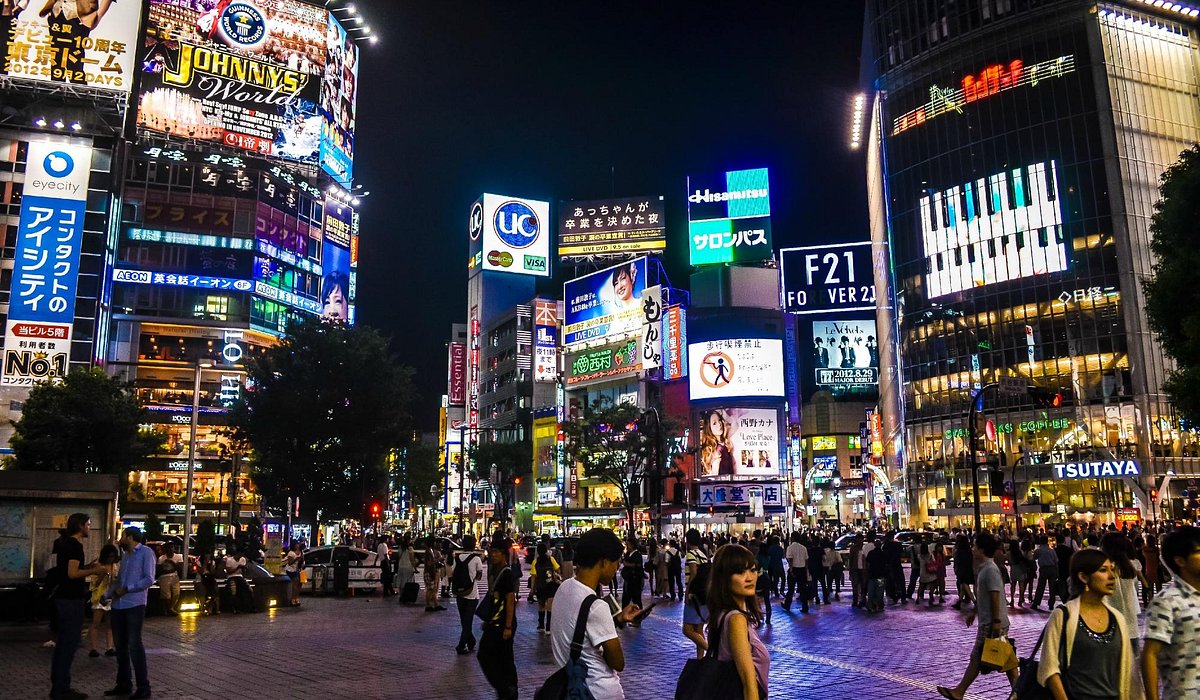
13. Shibuya and Shimo-Kitazawa: Youthful Energy and Indie Vibes
Shibuya, known for its bustling streets and iconic crossing, is also one of Tokyo’s most energetic nightlife districts. The area is home to a variety of nightclubs, live music venues, and late-night cafes that cater to a younger crowd. Popular clubs like Womb and Sound Museum Vision host some of the best electronic music parties in the city, featuring both local and international DJs. Shibuya’s karaoke bars are also a big hit for groups looking to have a fun night singing their hearts out.
Just a few stops away from Shibuya lies Shimo-Kitazawa, an indie and alternative district that offers a more laid-back vibe. This area is known for its live music venues, vintage clothing stores, and cosy cafes. At night, Shimo-Kitazawa’s music scene comes alive with performances by up-and-coming bands and artists. Whether you’re into rock, jazz, or experimental music, you’re sure to find something that fits your tastes in this eclectic neighbourhood.
14. Ginza: Luxurious Nights Out
For a more upscale and sophisticated night out, Ginza is the place to be. This high-end district is known for its luxury boutiques, Michelin-starred restaurants, and elegant bars. In the evening, Ginza’s sleek, modern buildings are illuminated by glowing signs, creating a refined atmosphere that contrasts with the energetic chaos of places like Shibuya.
Ginza is home to several high-end cocktail bars, where master bartenders craft creative drinks using the finest ingredients. These bars often provide a quiet and refined ambience, making them ideal for those seeking a more relaxed evening. After enjoying a cocktail or two, visitors can indulge in fine dining at one of Ginza’s many renowned restaurants, some of which offer panoramic views of the city.
15. Tsukiji Outer Market: A Seafood Lover’s Dream
Although the inner wholesale fish market at Tsukiji has moved to Toyosu, the outer market remains a must-visit destination for food lovers, particularly those who appreciate fresh seafood. The Tsukiji Outer Market is a maze of narrow streets lined with stalls and small eateries, where visitors can sample fresh sushi, sashimi, and other seafood delicacies.
Some of the market’s most popular offerings include grilled shellfish, sea urchin, tamagoyaki (sweet omelette), and, of course, sushi. While strolling through the market, you can also find high-quality knives, ceramics, and other kitchenware that make for great souvenirs. The lively atmosphere and the sheer variety of foods on display make the Tsukiji Outer Market a sensory experience that every visitor to Tokyo should enjoy.
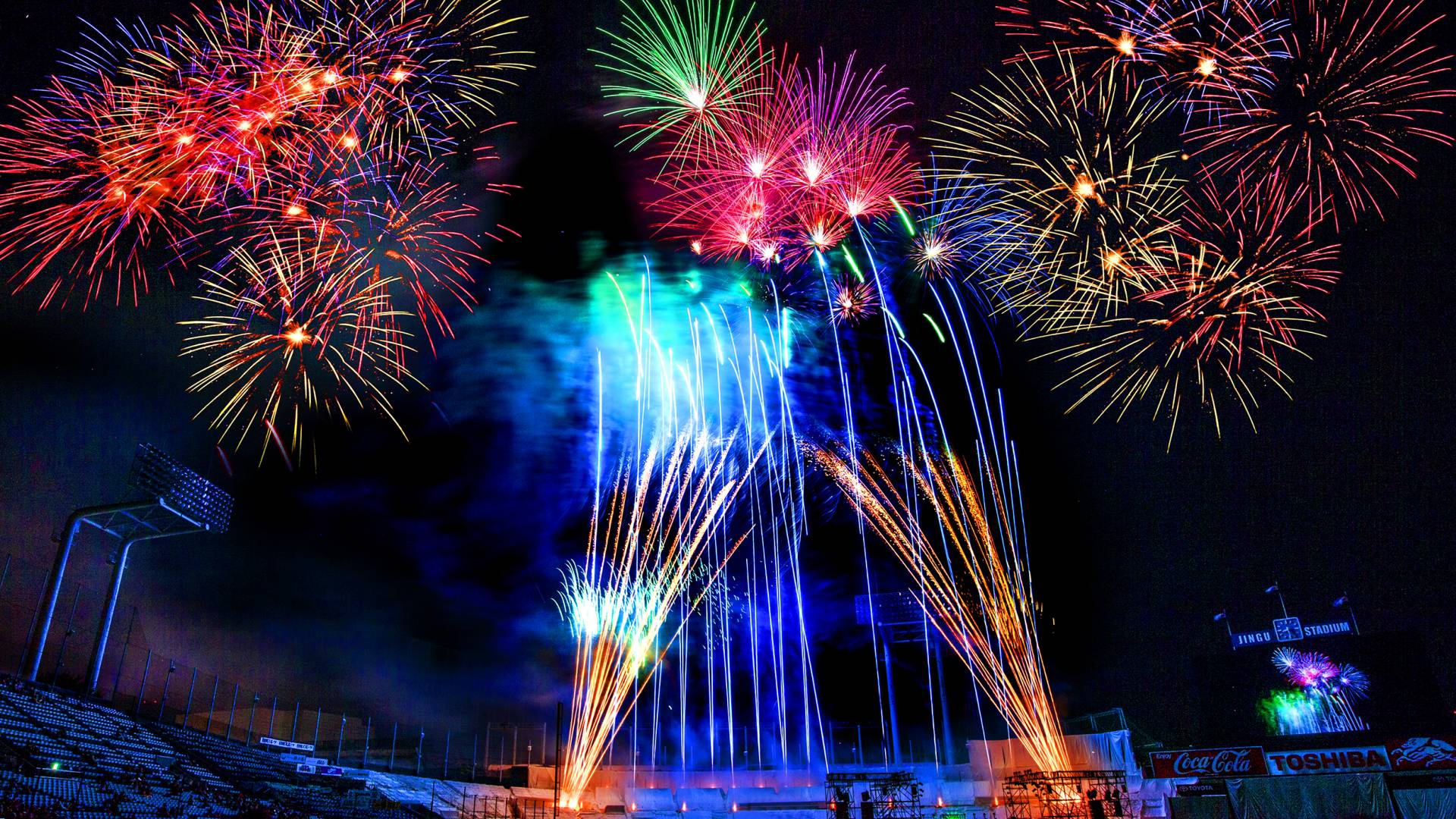
16. Michelin-Star Dining: Tokyo’s Culinary Excellence
Tokyo holds the title of the city with the most Michelin stars in the world, and for good reason. The city is home to an astounding number of Michelin-starred restaurants, offering everything from traditional Japanese kaiseki (multi-course meals) to innovative French-Japanese fusion cuisine. Whether you’re looking for a fine dining experience or a more casual Michelin-rated meal, Tokyo delivers world-class culinary excellence.
Some of the most renowned restaurants include Sukiyabashi Jiro, a sushi restaurant made famous by the documentary Jiro Dreams of Sushi, and Narisawa, which combines French techniques with seasonal Japanese ingredients. It’s important to note that many Michelin-starred restaurants in Tokyo have limited seating and often require reservations months in advance, so plan ahead if you’re hoping to dine at one of these prestigious establishments.
17. Ramen and Beyond: Tokyo’s Comfort Food
While Tokyo is famous for its high-end dining, it’s also a city that excels in comfort food, and nothing represents this better than ramen. The city is home to countless ramen shops, each offering its take on this beloved dish. From rich tonkatsu (pork broth) to light shoyu (soy sauce) broths, Tokyo’s ramen scene is diverse and constantly evolving.
For a truly authentic ramen experience, visit Ramen Street in Tokyo Station, where you’ll find a collection of some of the best ramen shops in the city. Each shop specializes in a different style of ramen, making it a great place to sample multiple varieties in one location. Some popular ramen spots in Tokyo include Ichiran, known for its customizable ramen served in private booths, and Afuri, which is famous for its yuzu-flavored broth.
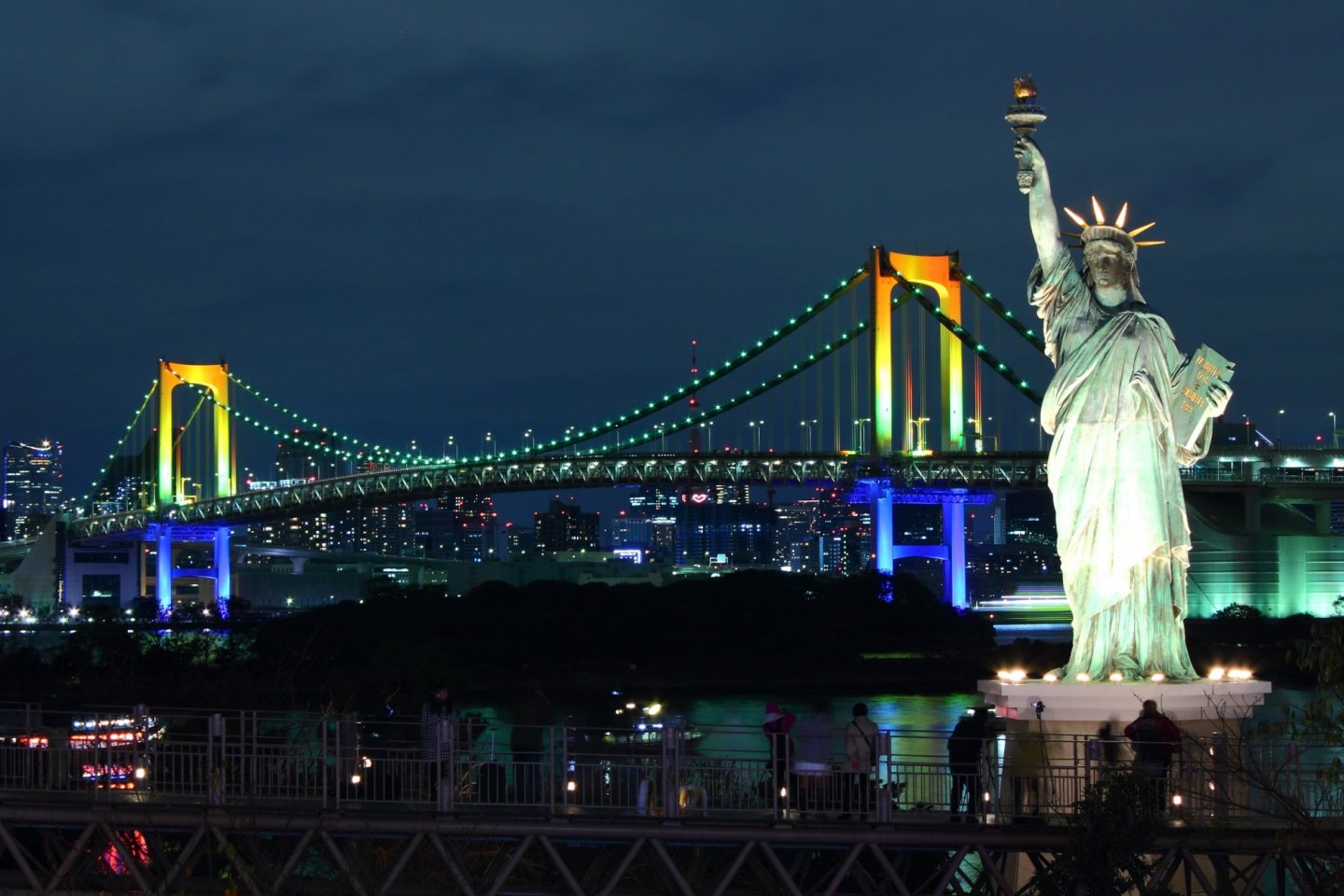
18. Izakayas: Japanese Pub Culture
For a more casual dining experience, Tokyo’s izakayas (Japanese pubs) offer a lively and authentic way to enjoy Japanese food and drink. Izakayas serve a variety of small dishes meant to be shared, along with drinks such as beer, sake, and shochu. The menu typically includes grilled meats (yakitori), sashimi, tempura, and other Japanese comfort foods.
Izakayas can be found all over the city, but some of the best areas to explore include Ebisu, Shinjuku, and Yurakucho. In these neighbourhoods, you’ll find alleyways filled with tiny, atmospheric izakayas, where locals and tourists alike gather to eat, drink, and socialize. Some of the most iconic izakaya streets include Omoide Yokocho in Shinjuku, also known as “Memory Lane,” and Harmonica Yokocho in Kichijoji, where narrow alleys are packed with small, intimate pubs.
Immerse Yourself in Tokyo’s Shopping Paradise
Shopping in Tokyo is an experience like no other. The city is home to a dazzling array of stores, from high-end luxury boutiques to quirky vintage shops and massive department stores. Whether you’re in search of the latest fashion trends, cutting-edge electronics, or traditional crafts, Tokyo’s shopping districts have something for everyone.
19. Ginza: Luxury Shopping at Its Finest
Ginza is Tokyo’s premier luxury shopping district, where you’ll find flagship stores for high-end international brands like Chanel, Louis Vuitton, and Prada, alongside iconic Japanese department stores such as Mitsukoshi and Wako. In addition to luxury fashion, Ginza is also home to speciality shops selling high-quality traditional crafts, cosmetics, and gourmet foods.
Ginza is also known for its stunning architecture, with many of its buildings designed by renowned architects. Even if you’re not planning on making any purchases, strolling through Ginza and admiring its sleek, modern streetscapes is an experience in itself. On weekends, the main shopping street, Chuo Dori, is closed to cars, transforming into a pedestrian paradise where you can leisurely explore the area’s numerous shops and cafes.
20. Akihabara: Electronics and Otaku Shopping Heaven
As mentioned earlier, Akihabara is a must-visit district for fans of electronics and Japanese pop culture. Here, you’ll find a vast selection of electronic goods, from the latest gadgets to retro gaming consoles, along with countless stores dedicated to anime, manga, and collectable figures.
Popular stores like Yodobashi Camera and Bic Camera offer a massive selection of electronics, while smaller speciality shops cater to more niche interests. Akihabara is also home to some of Tokyo’s best arcades, where you can try your hand at crane games or play the latest Japanese video games.
Discover Traditional Japanese Crafts in Tokyo
Tokyo may be a modern metropolis, but it’s also a hub of traditional Japanese craftsmanship that has been passed down through generations. From delicate textiles to finely crafted ceramics and unique handmade goods, the city is home to numerous artisans and speciality shops where visitors can purchase high-quality traditional crafts. Exploring these artisanal traditions not only offers a deeper understanding of Japanese culture but also gives you the opportunity to bring home one-of-a-kind souvenirs.
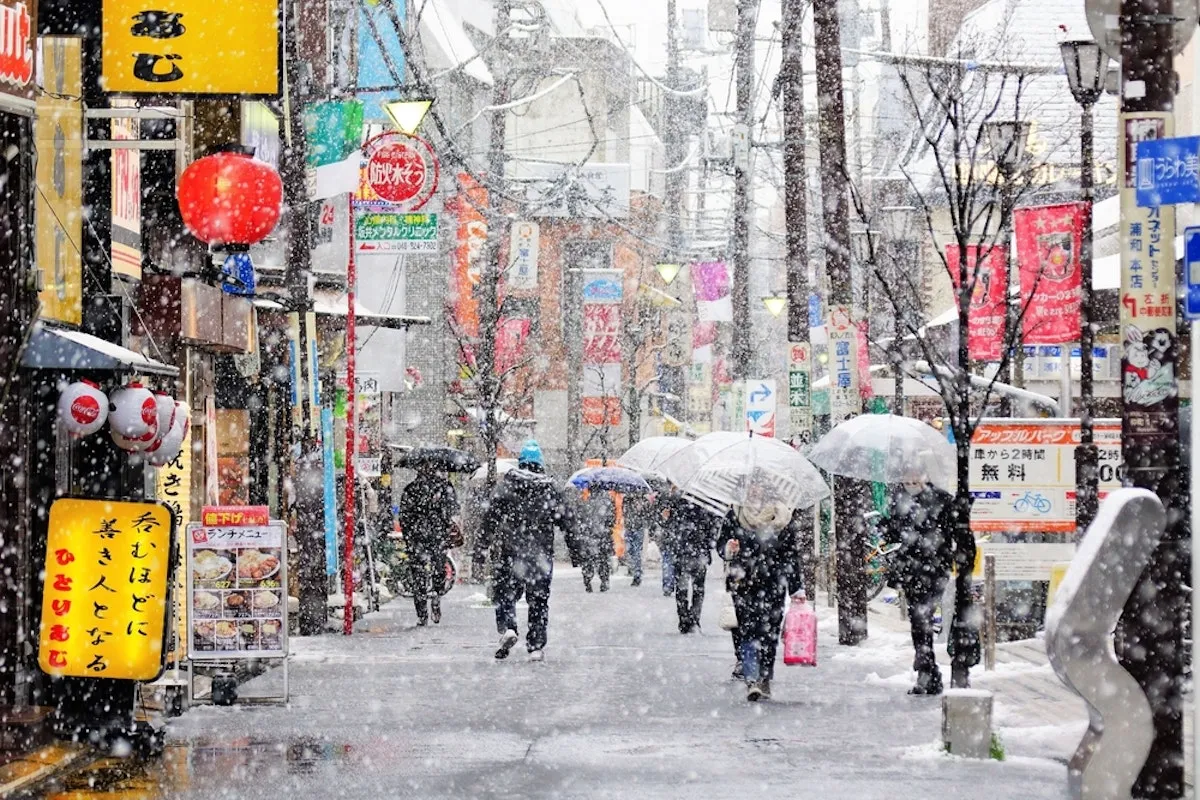
21. Asakusa: A Center for Traditional Craftsmanship
Asakusa, famous for Senso-ji Temple, is also a haven for traditional crafts. The area’s narrow streets are lined with shops selling handmade goods, from ningyo (traditional Japanese dolls) to lamination souvenirs and senbei (rice crackers). In particular, the Nakamise Shopping Street, which leads to the temple, is a great place to browse for traditional items, such as folding fans, yukata (light cotton kimono), and beautifully hand-painted pottery.
One of the best places to experience traditional craftsmanship firsthand is the Edo Shitamachi Traditional Craft Center, located just a short walk from Senso-ji. Here, you can see a range of handmade goods, including woodblock prints, paper crafts, and lacquerware, many of which are made by local artisans. The centre often hosts demonstrations where you can watch craftsmen at work, giving you a deeper appreciation for the skill and care involved in these timeless practices.
22. Nihonbashi: Traditional Elegance in Tokyo’s Old Merchant District
Nihonbashi, once the heart of Edo-period commerce, remains a significant centre for traditional arts and crafts. This district is home to some of the oldest stores in Tokyo, many of which have been in operation for centuries. These shops specialize in everything from kintsugi (the art of repairing broken pottery with gold) to finely crafted furoshiki (decorative wrapping cloths) and washi (traditional Japanese paper).
At stores like Nihonbashi Mitsukoshi, Japan’s oldest department store, visitors can browse high-quality kimonos, ceramics, and lacquerware. The nearby COREDO Muromachi, a shopping complex that showcases both modern and traditional crafts, features shops dedicated to everything from exquisite knives to tea ceremony utensils. For travellers interested in Japan’s artisanal heritage, Nihonbashi offers a refined and authentic experience.
23. Yanaka: The Old Tokyo Charm and Artisan Village
Yanaka, located near Ueno, is one of the few neighbourhoods in Tokyo that survived the bombings of World War II, preserving the old Edo-period charm. This historic district is known for its narrow streets, traditional wooden houses, and a strong sense of community. More importantly, Yanaka is home to numerous small workshops and galleries where local artisans continue to practice traditional crafts.
One of the best ways to explore Yanaka is by wandering through Yanaka Ginza, a charming shopping street filled with small craft stores and traditional tea houses. You can find handmade items like pottery, hand-dyed textiles, and tatami (woven straw mats) that reflect the area’s long-standing traditions. Art enthusiasts will enjoy visiting the various galleries that showcase the work of local artists and craftsmen. Yanaka’s combination of historical charm and artisanal craftsmanship makes it a must-visit for those interested in Tokyo’s creative heritage.
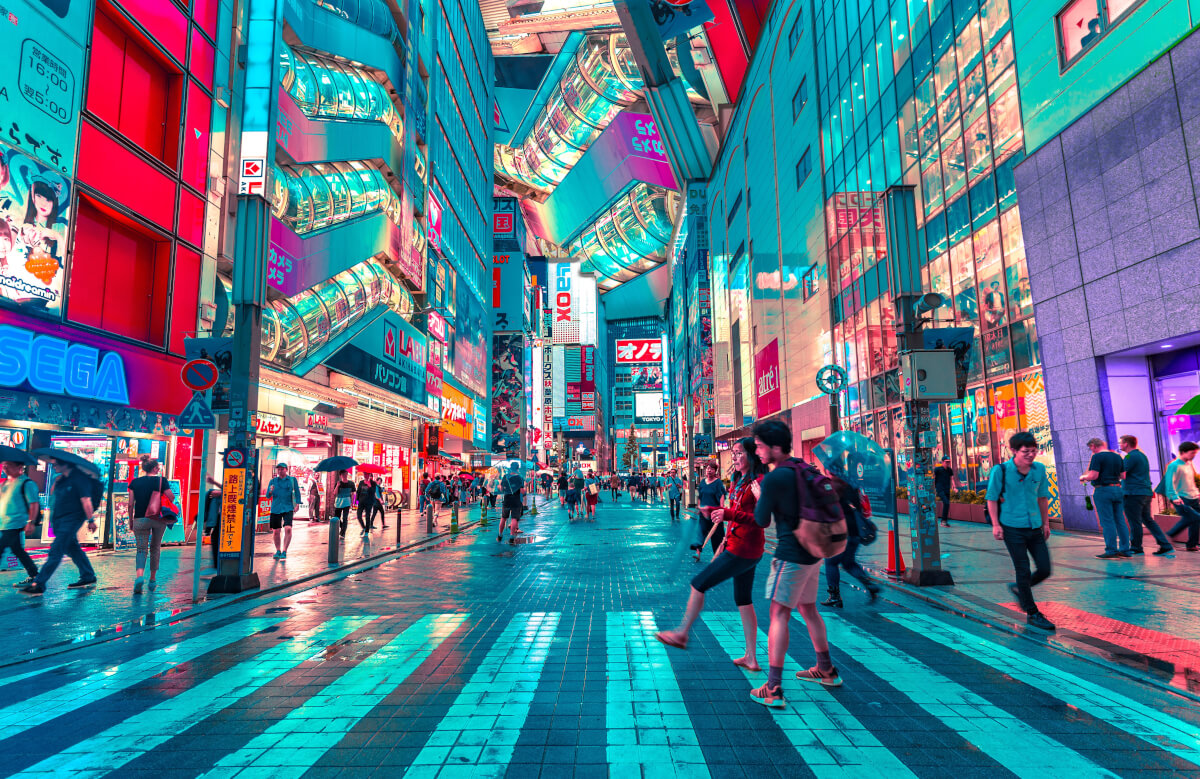
24. Kappabashi: Tokyo’s Kitchenware Wonderland
If you’re a fan of cooking or simply appreciate finely made kitchen tools, Kappabashi is the place to go. Known as Tokyo’s “Kitchen Town,” Kappabashi is a street lined with shops selling everything a professional chef or home cook could dream of, from high-quality knives to ceramic dishes and plastic food models (which are often displayed in restaurant windows).
One of the highlights of Kappabashi is the availability of handcrafted knives, made with the same techniques used to forge samurai swords. Stores like Kamata and Tsubaya offer a wide range of knives, from delicate vegetable knives to heavy-duty cleavers. These knives are prized for their sharpness, balance, and craftsmanship, making them a popular souvenir for chefs and food enthusiasts. In addition to knives, you’ll find beautifully crafted ceramic dishes, traditional lacquerware, and wooden chopsticks, all made by local artisans.
Hidden Gems in Tokyo: Off-the-Beaten-Path Attractions
While Tokyo’s famous landmarks and districts draw millions of visitors each year, the city is also home to a number of hidden gems—places that are often overlooked by tourists but are just as fascinating. These lesser-known attractions offer unique experiences, from tranquil gardens to quirky museums, providing a more intimate and off-the-beaten-path exploration of Tokyo.
25. Nezu Shrine: A Hidden Shinto Sanctuary
Nezu Shrine, located in the Bunkyo ward, is one of Tokyo’s most beautiful and least-known shrines. Founded over 1,900 years ago, it is one of the oldest shrines in the city, and its stunning grounds make it a perfect escape from the crowds of more popular attractions. The shrine is particularly famous for its azalea garden, which blooms in vibrant colours during the spring, attracting nature lovers and photographers alike. The shrine’s grounds are also home to a tunnel of red torii gates, reminiscent of the famous Fushimi Inari Shrine in Kyoto. Walking through these gates offers a peaceful, meditative experience. Nezu Shrine is a serene, picturesque spot that feels worlds away from the hustle and bustle of Tokyo’s busy streets, making it a hidden gem for those seeking tranquillity and history.
26. Happo-en: A Tranquil Garden for Tea and Reflection
Located in the Shirokanedai district, Happo-en is one of Tokyo’s most beautiful traditional Japanese gardens, yet it remains relatively unknown to many tourists. Happo-en, which translates to “garden of eight views,” is designed to be beautiful from every angle, with its meticulously landscaped grounds featuring ponds, bonsai trees, and traditional teahouses. The garden is especially known for its stunning collection of bonsai trees, some of which are over 500 years old. Visitors can stroll through the peaceful pathways or enjoy a traditional tea ceremony in one of the teahouses. Happo-en also hosts seasonal events such as weddings and cherry blossom viewings, making it a lovely, off-the-beaten-path spot for those interested in Japanese gardens and culture.
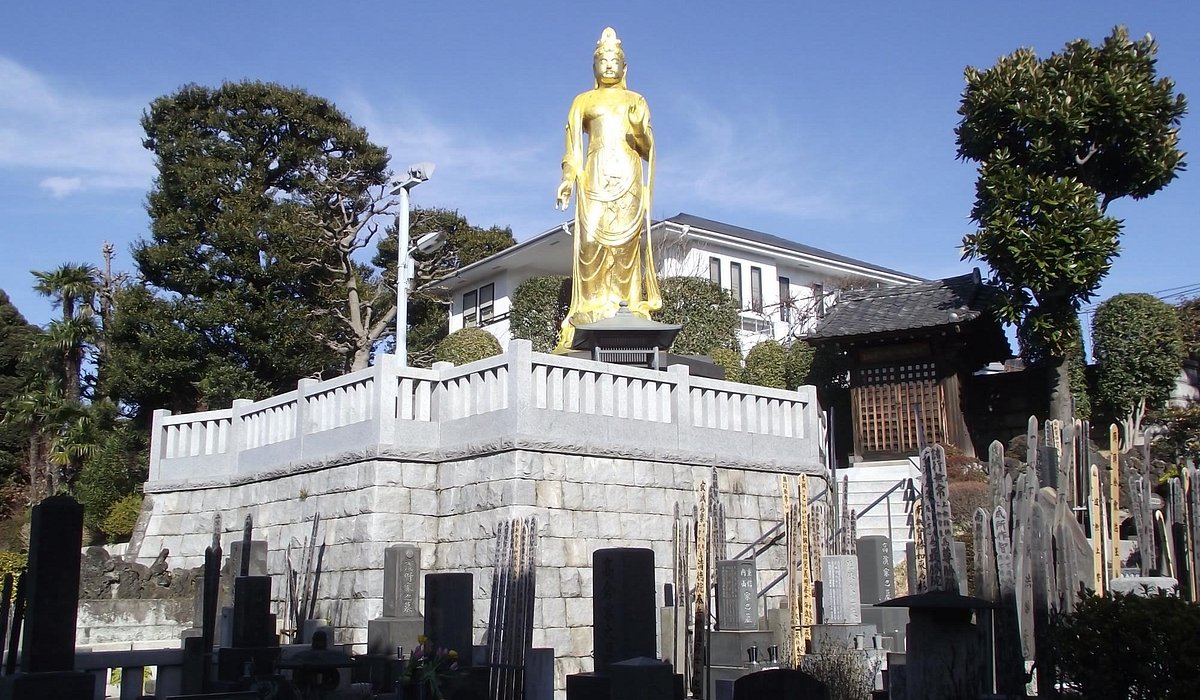
27. Gotokuji Temple: The Cat Temple
For something a bit more whimsical, head to Gotokuji Temple in Setagaya, which is known as the birthplace of the maneki-neko, the famous “beckoning cat” that has become a symbol of good luck in Japan. The temple’s grounds are filled with hundreds of these cat figurines, ranging in size from tiny to nearly life-sized, creating a unique and slightly surreal atmosphere. According to legend, a stray cat led a feudal lord to the temple during a storm, saving him from harm. In gratitude, the lord became a patron of the temple, and the maneki-neko was created to honour the cat. Gotokuji Temple’s quirky charm and peaceful surroundings make it a fun and unexpected stop for animal lovers and those seeking something different from Tokyo’s usual attractions.
28. Kagurazaka: Tokyo’s Hidden Geisha District
Once a prominent geisha district, Kagurazaka has retained its old-world charm while evolving into a trendy area filled with quaint shops, cafes, and restaurants. Located near the Imperial Palace, Kagurazaka’s cobblestone streets are lined with traditional ryotei (Japanese-style restaurants) and teahouses, many of which have been in operation for centuries. What makes Kagurazaka particularly special is its blend of old and new. As you wander through the narrow alleyways, you’ll find historical shrines and traditional wooden buildings alongside modern boutiques and French bakeries, reflecting the area’s unique mix of Japanese and European influences. Kagurazaka is also a great spot for foodies, with many restaurants offering kaiseki (traditional multi-course meals) in an intimate setting. Despite its central location, Kagurazaka feels like a hidden gem, offering a slower pace and a more intimate glimpse into Tokyo’s cultural heritage.
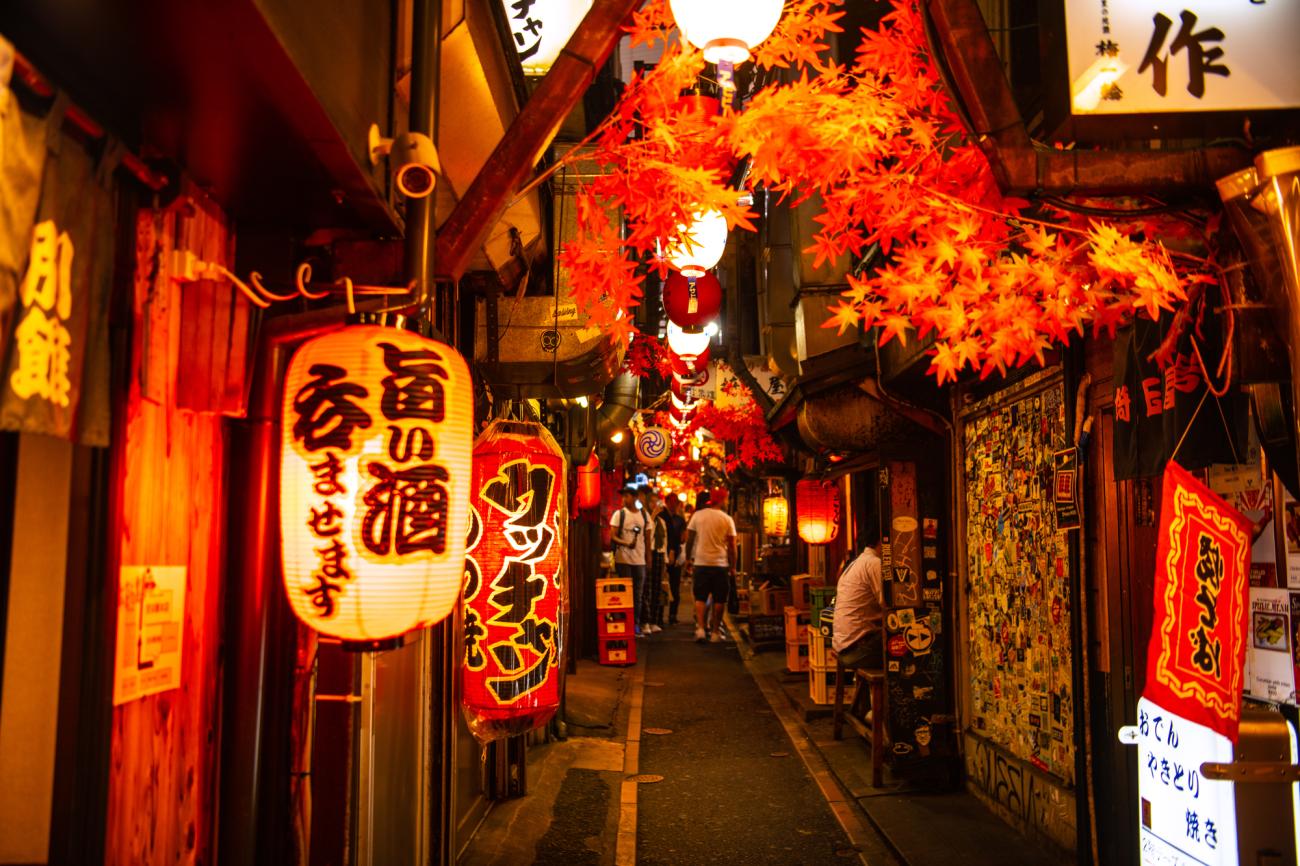
29. Oedo Onsen Monogatari: A Hot Spring Theme Park
While traditional hot spring resorts (onsen) are usually located outside of major cities, Oedo Onsen Monogatari brings the experience to Tokyo. Located on Odaiba, a man-made island in Tokyo Bay, this unique attraction is a hot spring theme park that offers visitors the chance to relax in natural hot spring baths without leaving the city. The park is designed to resemble an Edo-period town, complete with traditional buildings, lanterns, and street vendors. After donning a yukata (light kimono), visitors can stroll through the indoor streets, enjoy hot spring baths, and sample traditional Japanese food. There are both indoor and outdoor baths, as well as foot baths and stone saunas. Oedo Onsen Monogatari offers a fun and relaxing break from sightseeing, allowing you to experience the joys of a traditional onsen without leaving Tokyo.
30. Tokyo Daibutsu at Jorenji Temple: A Hidden Buddha Statue
While many travellers visit Kamakura’s famous Great Buddha, few are aware that Tokyo has its own impressive Buddha statue, the Tokyo Daibutsu at Jorenji Temple in Itabashi. Standing at 13 meters tall, this bronze statue is one of the largest in Japan, yet it remains off the radar for most tourists. The surrounding temple grounds are peaceful and rarely crowded, making it an ideal place for quiet reflection. The Tokyo Daibutsu was constructed in 1977 to commemorate peace, and the temple is known for its tranquil atmosphere and beautiful gardens. Visiting Jorenji Temple offers a more serene and intimate experience than some of Tokyo’s busier attractions, and it’s a great stop for those interested in Buddhist culture and Tokyo’s hidden spiritual sites.
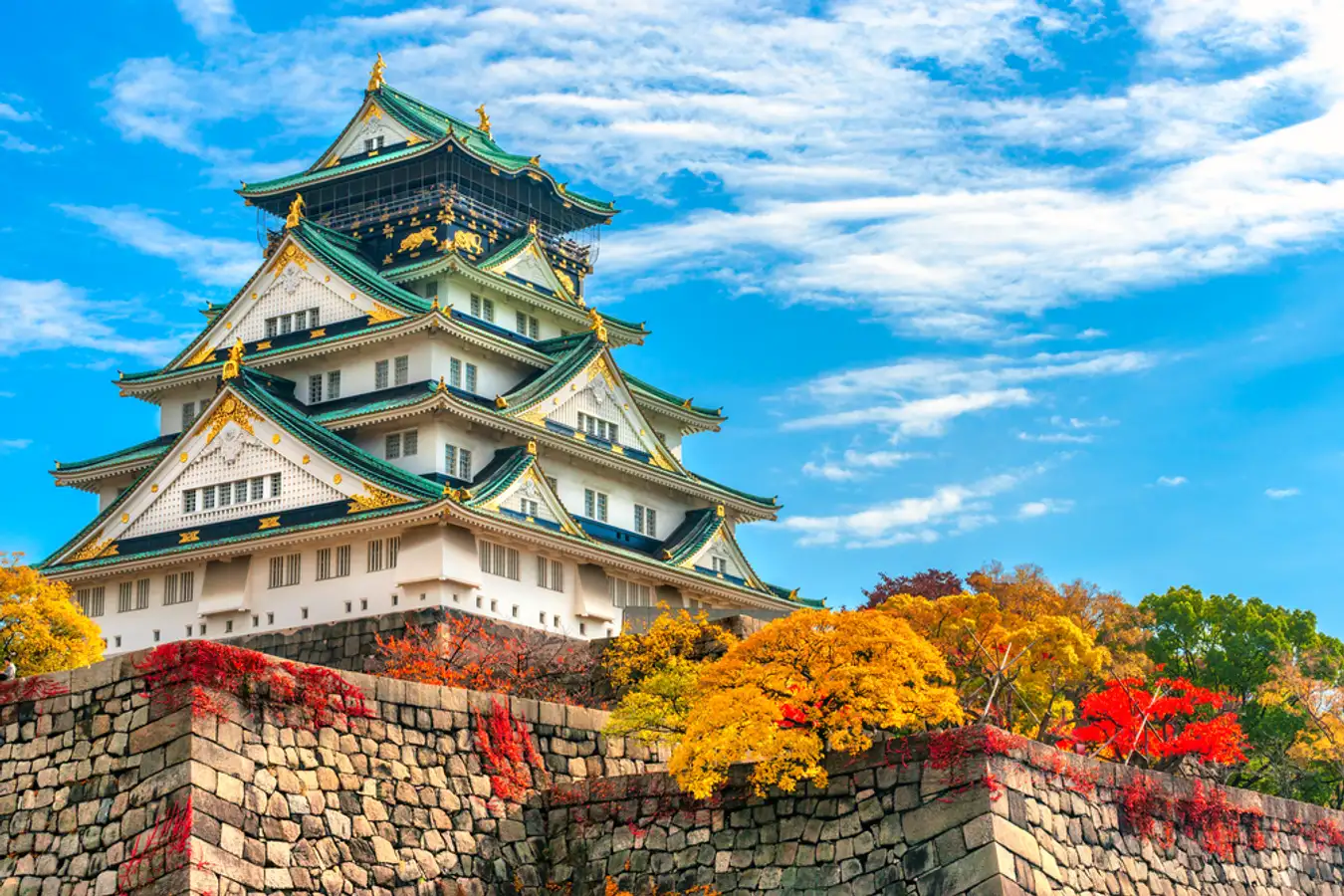
Tokyo is a city that constantly surprises and captivates its visitors with its rich tapestry of history, culture, modern innovation, and natural beauty. Whether you’re wandering through serene gardens, navigating bustling markets, marvelling at the futuristic architecture, or savouring world-class cuisine, Tokyo offers a deeply immersive experience that appeals to all types of travellers. From iconic landmarks like Tokyo Tower and Senso-ji Temple to hidden gems like Gotokuji Temple and Yanaka’s artisan workshops, there’s no shortage of places to explore. Tokyo’s unique blend of ancient traditions and cutting-edge modernity creates a dynamic and diverse city where every corner reveals something new. Whether you’re immersing yourself in the vibrant energy of Shibuya Crossing or finding solace in the peaceful surroundings of a traditional tea ceremony, Tokyo leaves an indelible mark on all who visit.
